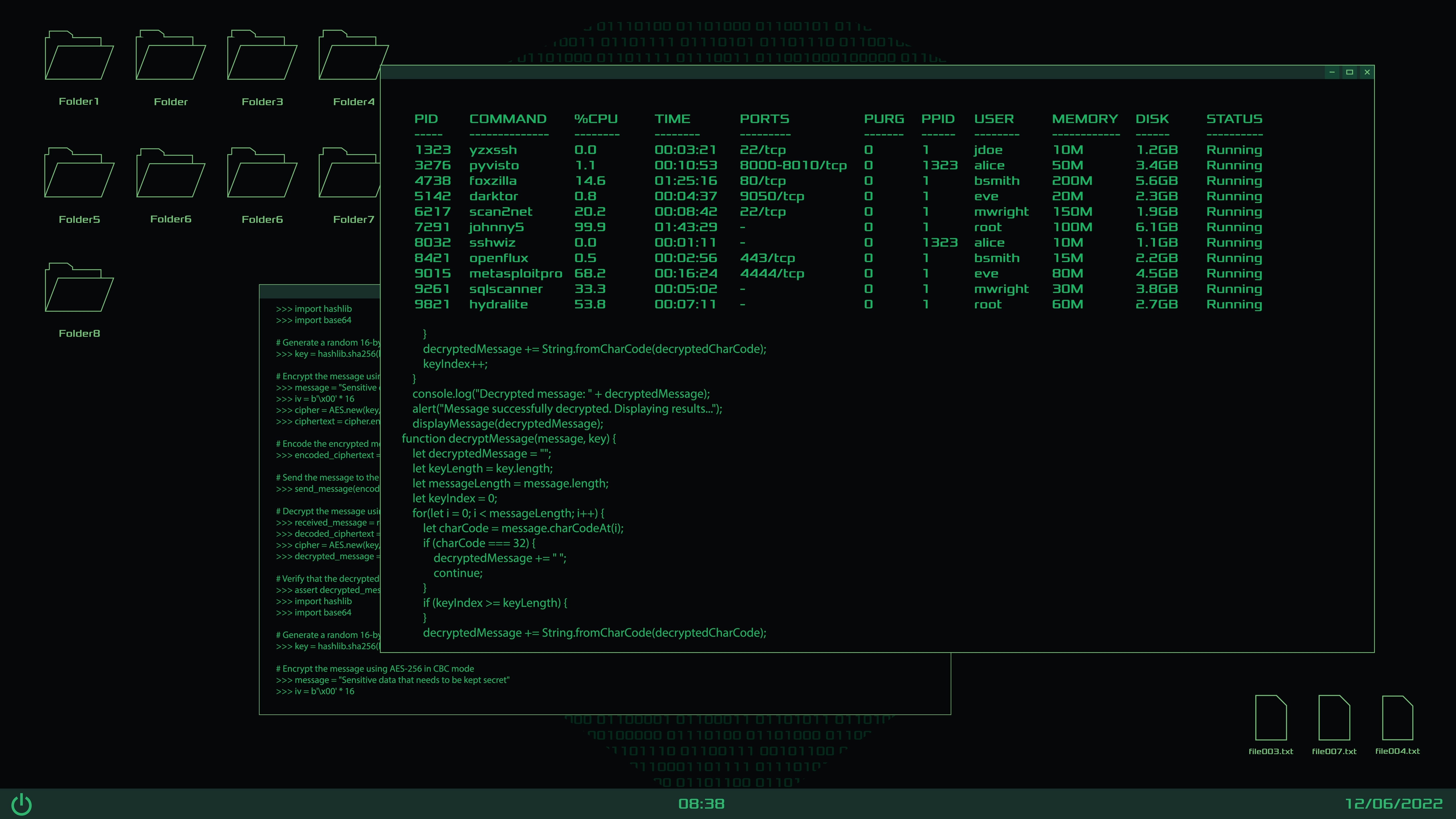Managing a crisis doesn’t require deep pockets – it demands smart planning and resourceful thinking. Small businesses and organizations can build effective crisis management strategies without breaking the bank by focusing on practical, low-cost solutions. Research shows that 40-60% of small businesses never reopen following a disaster, according to FEMA. But with proper preparation and budget-conscious planning, organizations can weather storms and emerge stronger. This comprehensive guide will show you exactly how to create and implement cost-effective crisis management strategies that protect your business, maintain stakeholder trust, and ensure continuity when challenges arise.
PR Overview
- Assessing Your Crisis Management Needs
- Building a Cost-Effective Crisis Management Team
- Creating Low-Cost Communication Systems
- Leveraging Free and Low-Cost Technology
- Developing Crisis Response Procedures
- Training and Preparation on a Budget
- Managing Stakeholder Relations During Crises
- Business Continuity Planning
- Resource Management Strategies
- Measuring and Improving Crisis Readiness
- Conclusion
Assessing Your Crisis Management Needs
Before implementing specific strategies, organizations must understand their unique vulnerabilities and requirements. Start by conducting a thorough risk assessment to identify potential threats to your business. This doesn’t require expensive consultants – gather key team members to brainstorm scenarios that could impact operations, from natural disasters to cyber attacks to public relations issues.
Document the likelihood and potential impact of each scenario. A simple spreadsheet can track risks rated on a 1-5 scale for probability and severity. This helps prioritize where to focus limited resources. Pay special attention to risks that could severely damage your business’s ability to operate or maintain revenue.
Consider your organization’s specific circumstances – location, industry, size, and regulatory requirements all affect crisis planning needs. A retail business may focus more on physical security and customer communication, while a software company might emphasize cybersecurity and remote work capabilities.
Building a Cost-Effective Crisis Management Team
You don’t need a large dedicated crisis team to manage emergencies effectively. Instead, identify existing employees who can take on crisis management responsibilities as part of their roles. Look for team members with strong communication skills, level-headed decision-making abilities, and operational knowledge.
Clearly define crisis team roles and responsibilities:
- Crisis coordinator to lead response efforts
- Communications lead to manage internal and external messaging
- Operations lead to maintain business continuity
- HR representative to address employee concerns
- IT support for technology needs
Document these roles in your crisis plan and ensure backup personnel are designated for each position. Regular team meetings (can be brief and virtual) help maintain readiness without disrupting normal operations.
Creating Low-Cost Communication Systems
Communication is critical during crises, but expensive emergency notification systems aren’t always necessary. Build a multi-channel communication framework using readily available tools:
Set up group messaging through free platforms like WhatsApp or Telegram for rapid team coordination. Create contact lists organized by stakeholder groups (employees, customers, suppliers, etc.) in your existing email system. Maintain updated emergency contact information in accessible spreadsheets or databases.
Social media platforms provide free channels for public updates. Establish social media response protocols and draft template messages for various scenarios. Train multiple team members on social media management to ensure consistent crisis communication.
Leveraging Free and Low-Cost Technology
Many effective crisis management tools are available at minimal or no cost. Google Workspace or Microsoft 365 provide collaborative document sharing and communication features. Free project management tools like Trello help coordinate response efforts. Open-source monitoring tools can track online mentions and sentiment.
Document sharing and storage solutions ensure critical information remains accessible during emergencies. Use cloud storage services’ free tiers to maintain copies of essential documents. Regular backups protect against data loss without requiring expensive systems.
Developing Crisis Response Procedures
Create detailed yet flexible response procedures for identified risks. Focus on practical steps using available resources rather than complex protocols requiring special equipment or expertise.
Break procedures into clear phases:
- Initial response and assessment
- Stakeholder notification
- Immediate action steps
- Ongoing management
- Recovery and return to normal operations
Use simple flowcharts and checklists to guide decision-making. Review and update procedures regularly based on lessons learned from drills or actual incidents.
Training and Preparation on a Budget
Employee training doesn’t require expensive programs. Utilize free FEMA courses, online resources, and internal knowledge sharing. Regular tabletop exercises simulate crisis scenarios using minimal resources while building team capability.
Conduct periodic reviews of crisis procedures during regular team meetings. Create simple training modules using presentation software and existing materials. Document lessons learned from past incidents or near-misses to improve future response.
Managing Stakeholder Relations During Crises
Maintaining stakeholder trust during crises requires consistent, transparent communication – not large budgets. Develop clear messaging guidelines emphasizing honesty and empathy. Prepare template statements for various scenarios that can be quickly customized.
Monitor stakeholder sentiment through social media and direct feedback. Address concerns promptly using available channels. Document stakeholder communications to ensure consistency and track engagement.
Business Continuity Planning
Identify essential functions and create contingency plans for maintaining them during disruptions. Focus on practical solutions like cross-training employees and documenting critical procedures. Maintain relationships with backup suppliers and service providers.
Review insurance coverage to ensure adequate protection without overspending. Consider cost-effective options like business interruption insurance for critical risks. Document key business processes to enable continuity with minimal staff.
Resource Management Strategies
Create detailed inventories of available resources – physical assets, skills, technology, and partnerships. Identify resource gaps and develop cost-effective solutions like resource sharing agreements with other organizations.
Maintain emergency supplies through regular budget allocation rather than large one-time purchases. Review and rotate supplies to prevent waste. Document resource locations and access procedures.
Measuring and Improving Crisis Readiness
Regular assessment helps identify gaps without requiring expensive audits. Create simple metrics tracking crisis plan updates, training completion, and response times during drills. Document lessons learned and improvement opportunities.
Review crisis management efforts quarterly, adjusting strategies based on changing risks and resources. Track costs to demonstrate ROI and justify future investments in preparedness.
Conclusion
Effective crisis management doesn’t require large budgets – it needs thoughtful planning, clear procedures, and committed teams. Focus on practical, scalable solutions using available resources. Regular review and improvement ensure preparedness without excessive costs.
Take action today by:
- Conducting a basic risk assessment
- Documenting existing resources and procedures
- Identifying crisis team roles
- Creating simple communication protocols
- Scheduling regular review and training sessions
Remember that crisis management is an ongoing process, not a one-time project. Start with fundamental preparations and build capabilities over time as resources allow. The investment in preparedness, even on a limited budget, can mean the difference between recovering from a crisis or becoming another failure statistic.
The Intersection of Corporate Communications and Cybersecurity Messaging
When a cybersecurity incident strikes, the technical breach is only half the battle. The other...
How Security Leaders Position Credibility in Crypto Markets
When a security incident hits, the clock starts ticking in minutes, not hours. Your investors...
Predictive Crisis Communications Using AI and Real-Time Data
Crisis communications has entered a new era where waiting for a threat to materialize means you've...




